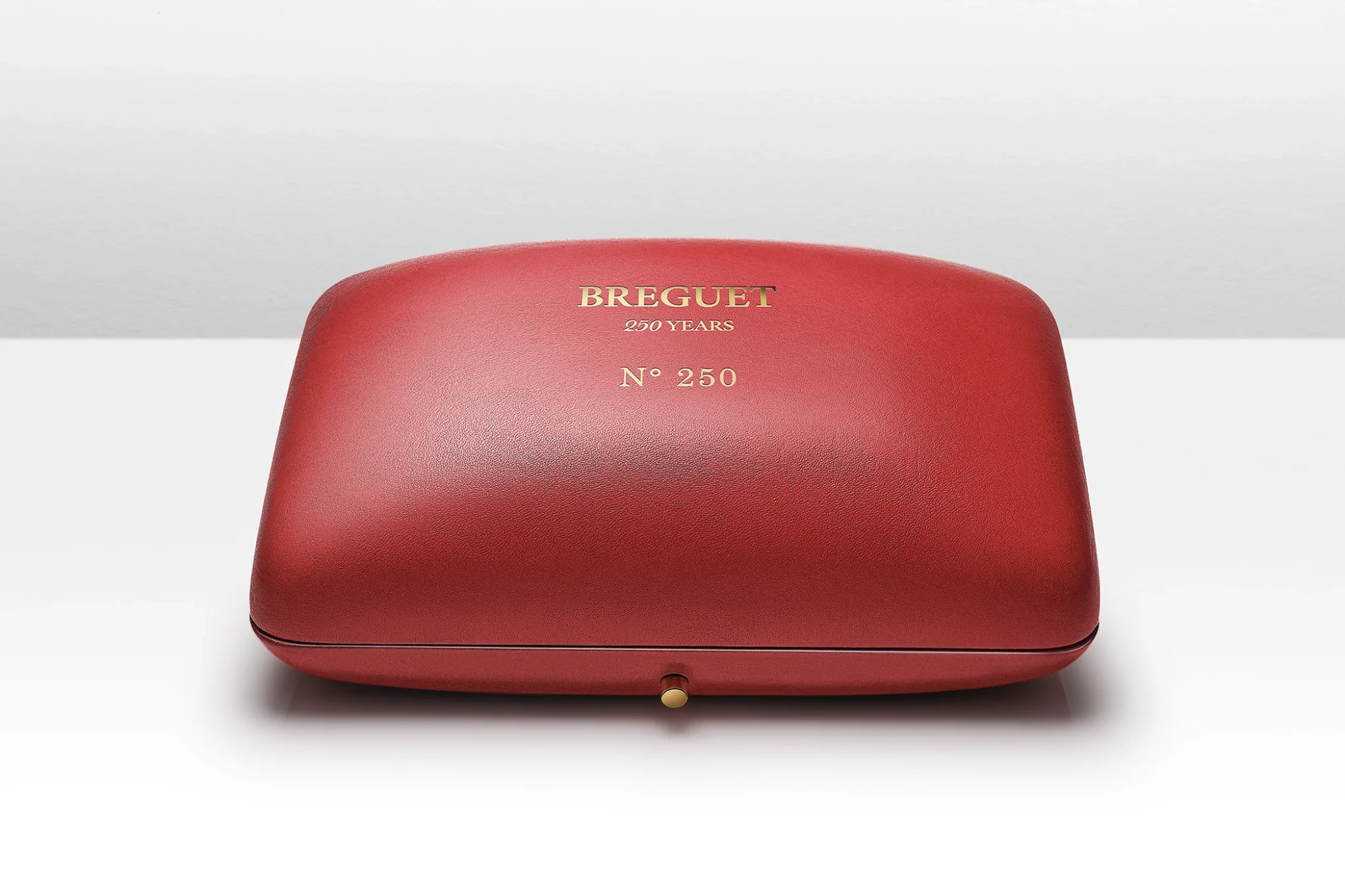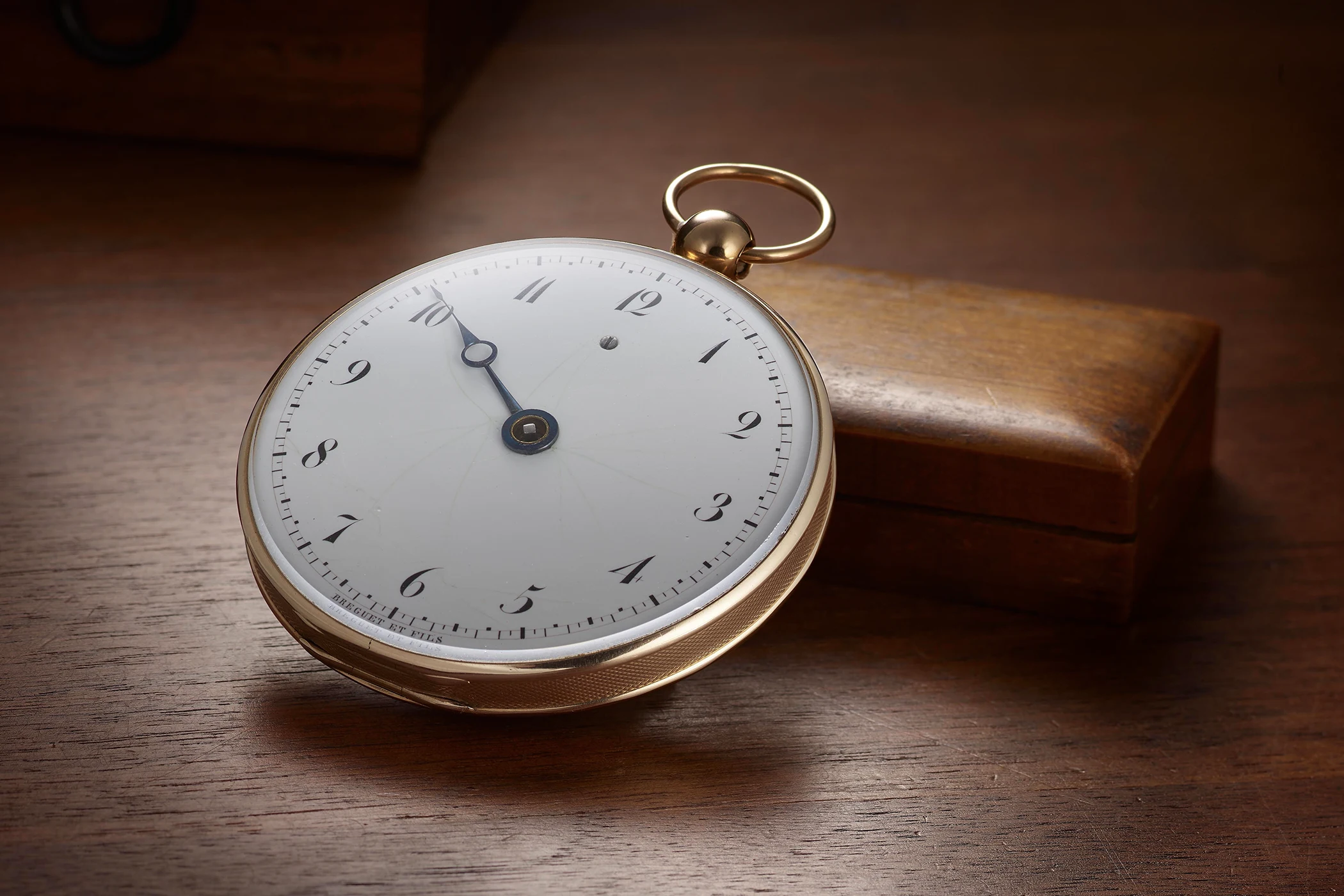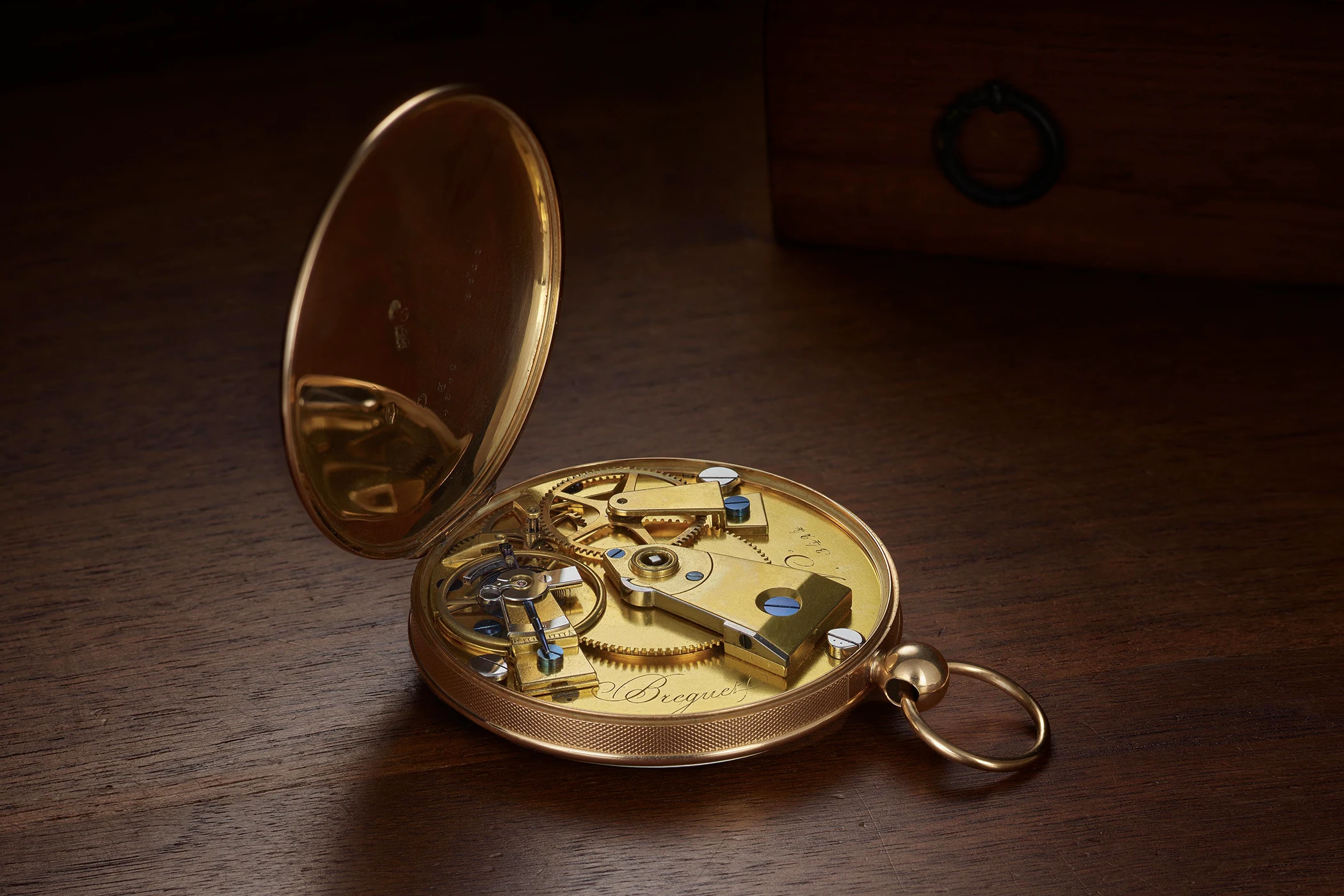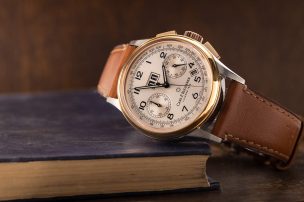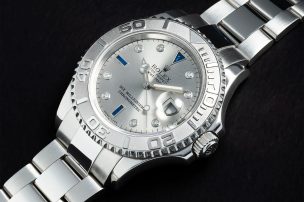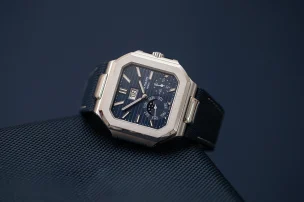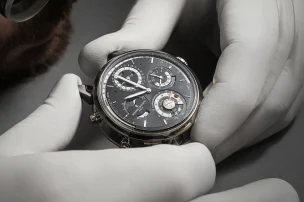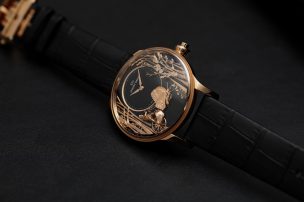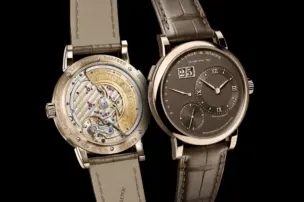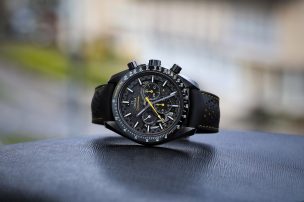
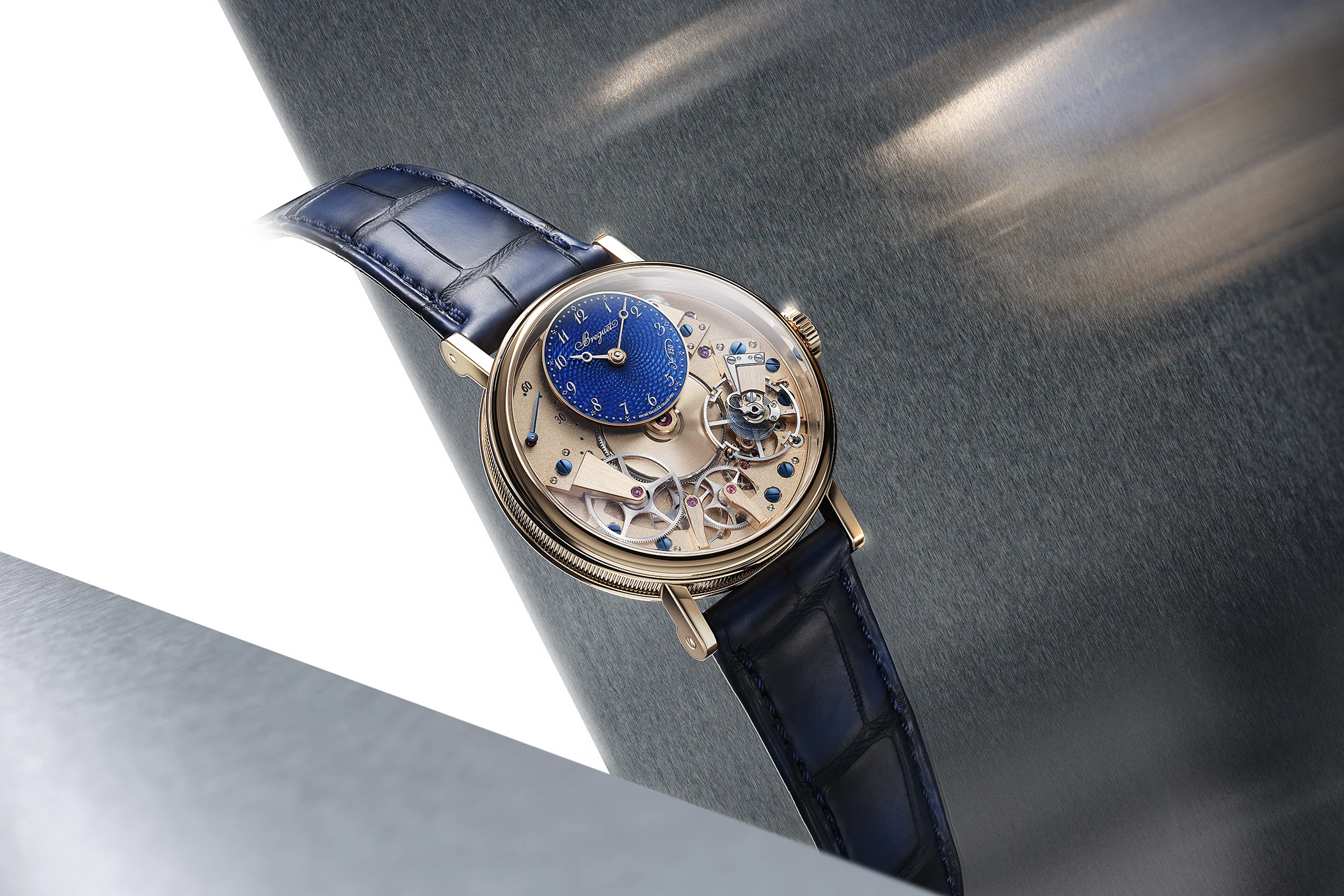
Tradition 7035 by Breguet – The Story of a Visionary Watchmaker Encapsulated in a Timepiece
At first glance, one could almost forget that this new Breguet model—limited to just 250 pieces—is a precision timekeeping instrument, despite the fact that much of its intricate mechanism remains visible even while worn on the wrist. The Breguet Tradition 7035 stands as a symbol of 250 years of aesthetic refinement and innovation. Today, Abraham-Louis Breguet would likely be hailed as a “first mover”—and not merely for his most famous invention, the tourbillon.
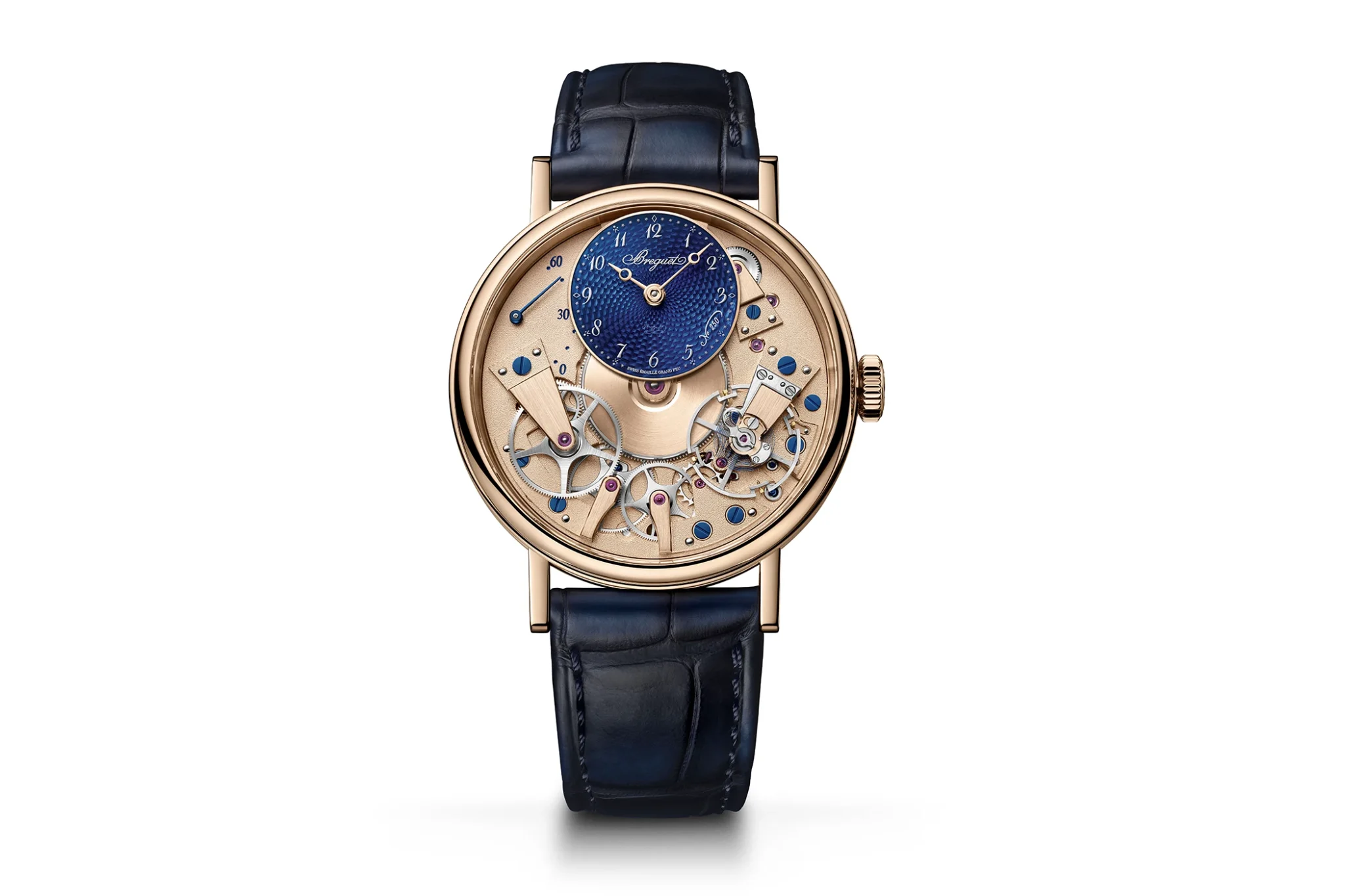
“Abraham-Louis Breguet was among those visionary watchmakers who continuously pushed boundaries. Driven by a tireless spirit of innovation, he never shied away from experimentation,” says Breguet CEO Gregory Kissling, describing the essence of the brand’s founder.
This very spirit resonates from the current anniversary model. Spend a moment longer observing the Breguet Tradition 7035, and its allure becomes unmistakably clear: technology and aesthetics are united in an inseparable bond.
Emmanuel Breguet, Vice President and Head of Patrimony at Breguet, explains: “The genius of Abraham-Louis Breguet lay, as observers of the time noted, in his ability to combine beauty with utility!”
Breguet and a Revolutionary Collection
The Tradition collection was launched in 2005 as a tribute to two of Breguet’s most significant timepieces—watches that laid the foundation for the brand’s extraordinary success story. One such piece is the Souscription watch from 1796, featuring an enamel dial and a single hand—a design that was also based on a clever economic principle. This timepiece could be purchased in instalments, a true novelty in the watchmaking world of its time.
Three years later, another highly practical single-hand watch followed: the so-called “Tact watch”. Thanks to an exterior hand and markers positioned on the case, it allowed the wearer to tell the time through a subtle touch—quite literally grasping time. Both timepieces caused a stir in their day—and continue to fascinate collectors to this day.

For the past 20 years, the Tradition collection has honoured this legacy. Its architectural structure boldly displays bridges, gears, and fine mechanical components. “After all,” says Gregory Kissling, “who else but Breguet would have dared to expose the movement’s components directly on the mainplate?” This distinctive construction offers its wearer an intimate view into the intricate workings of the watch. Or, as the Breguet CEO puts it: “This bold architecture lets you almost step into the shoes of the watchmaker, as it faithfully recreates the perspective he has during assembly.”
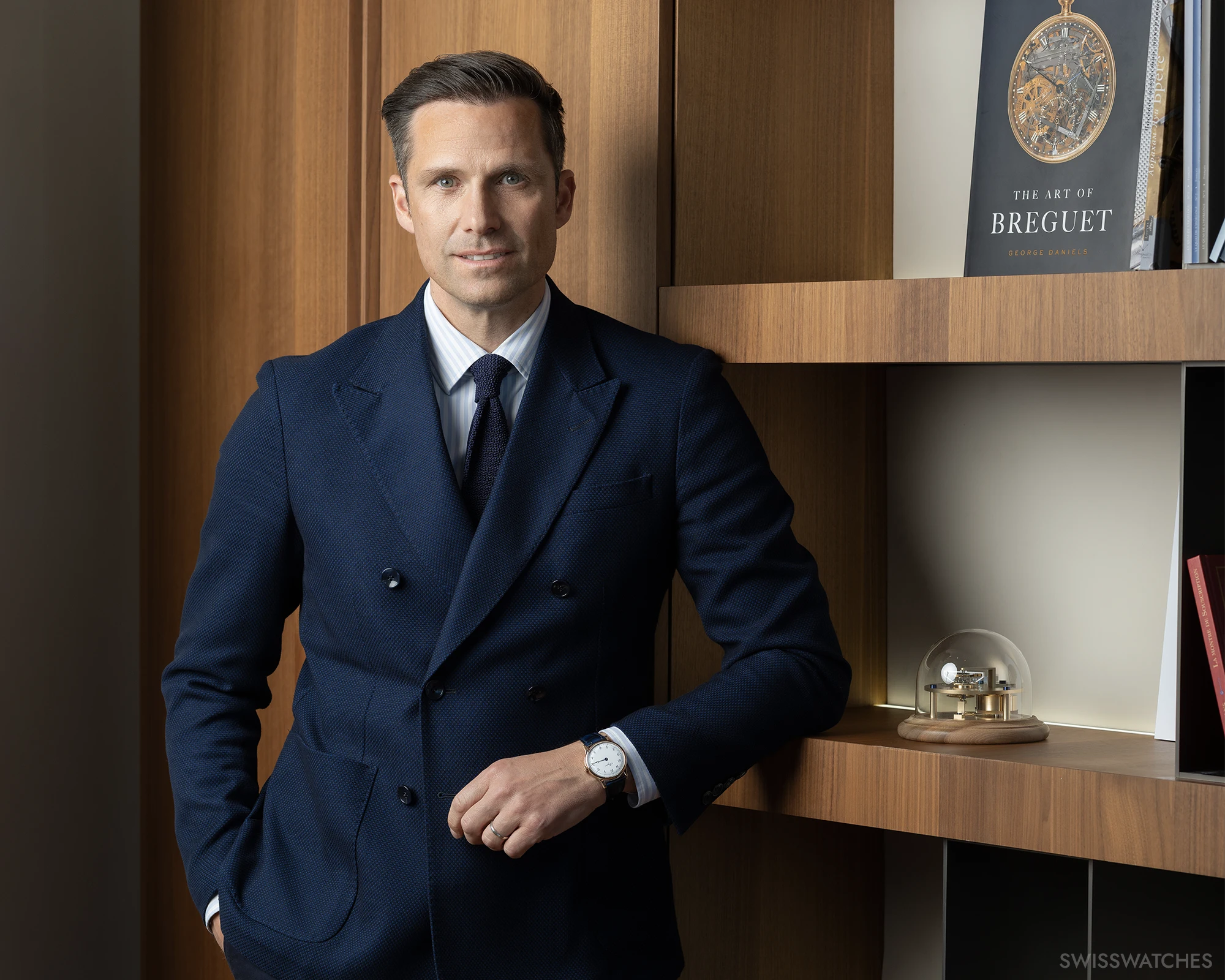
Gregory Kissling, Breguet CEO
Breguet Tradition 7035: A Tribute to a Visionary Watchmaker
The Breguet Tradition 7035 is appropriately adorned in exclusive 18-carat Breguet gold—an alloy that made its debut earlier this year with the Classique Souscription 2025. This robust composition of gold, silver, copper and palladium lends the timepiece a warm, rosy hue.

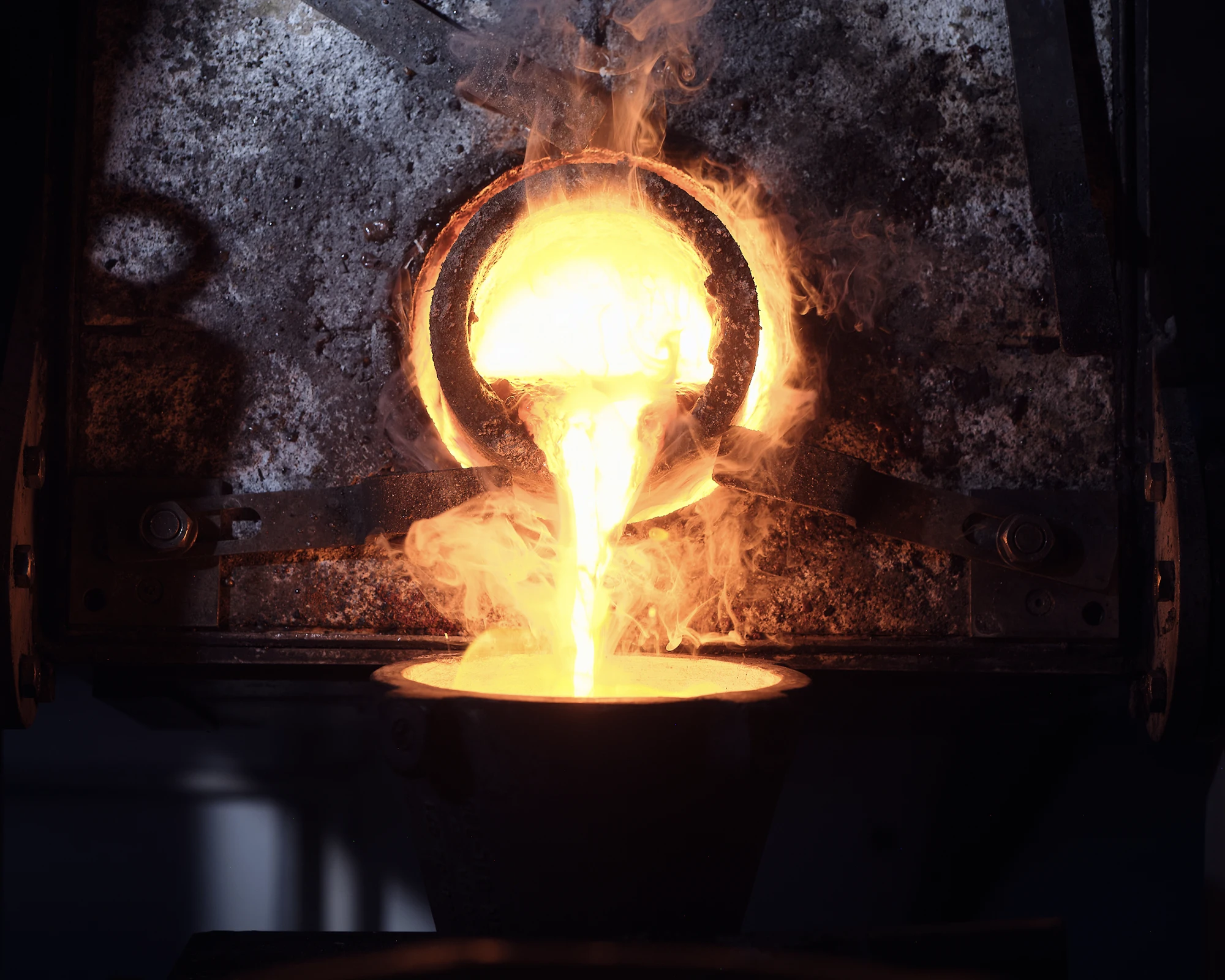
It is used for the 38-millimetre case, while the bead-blasted mainplate and the hand-satin-finished bridges are gilded accordingly. In vivid contrast, blued screws and synthetic ruby bearings add further visual depth.
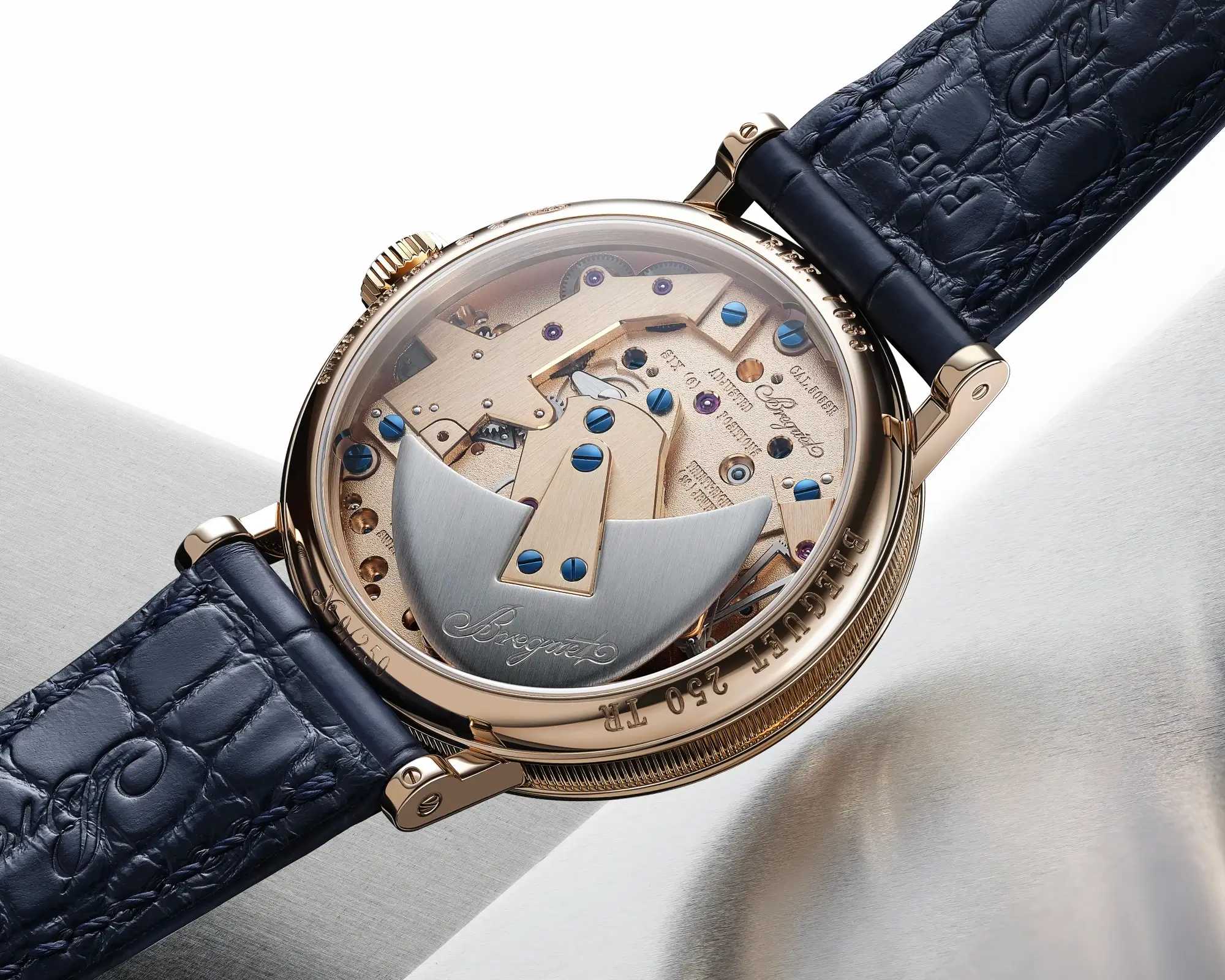
Yet the true star of calibre 505SR is the semicircular platinum rotor, which generates a power reserve of 50 hours. And it is here that the piece offers another tribute to the gifted and forward-thinking watchmaker Abraham-Louis Breguet. He was the first to introduce platinum—an exceptionally tough and high-melting-point metal—into watchmaking. Harnessing its kinetic efficiency, he created the first reliable self-winding watch.
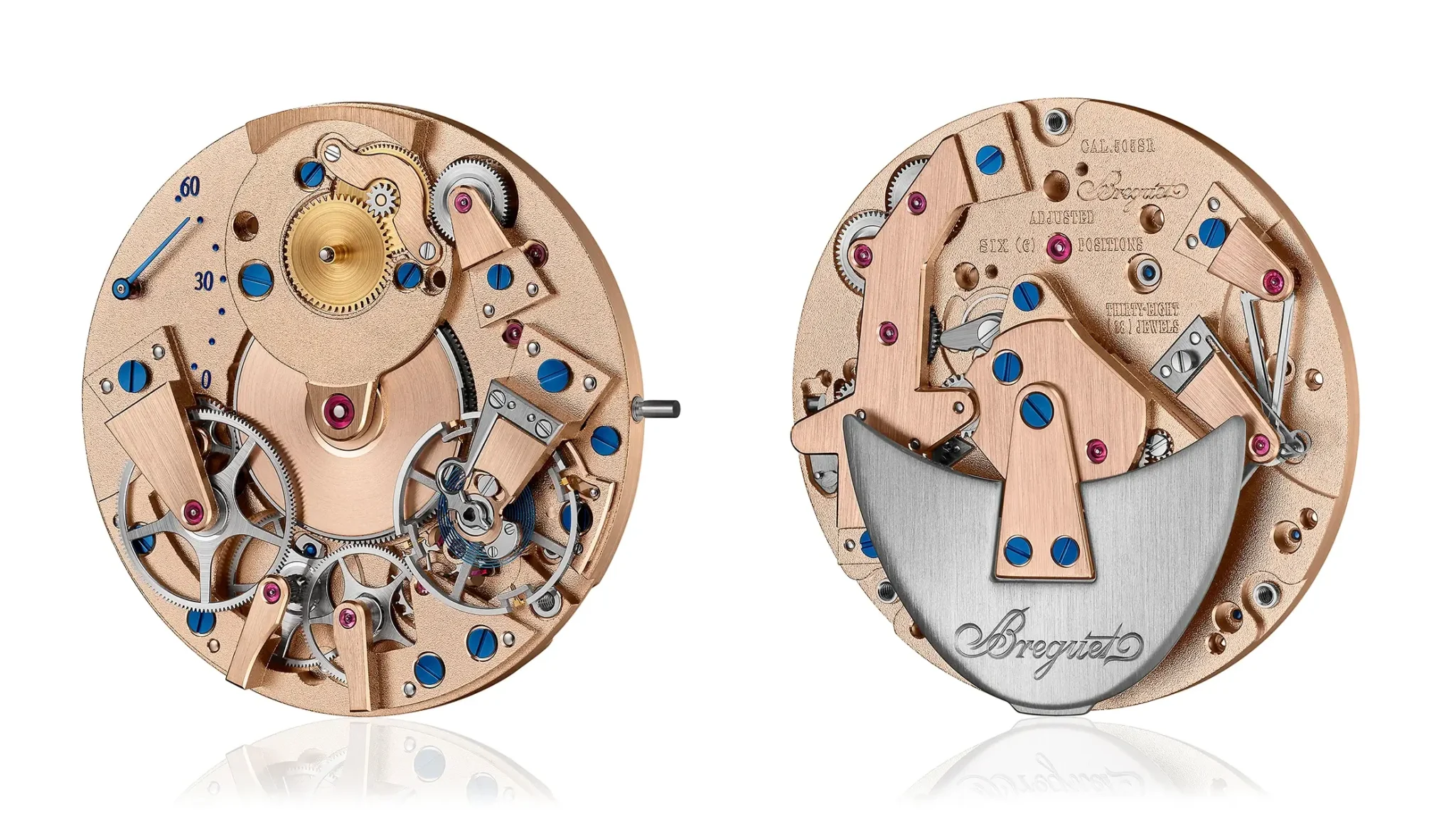
“With the Breguet Tradition 7035, we chose to reintroduce this element—not only as an homage to our founder’s boldness and pioneering spirit, but also because the rotor holds an emblematic place in the aesthetics of the Tradition collection,” explains Gregory Kissling.
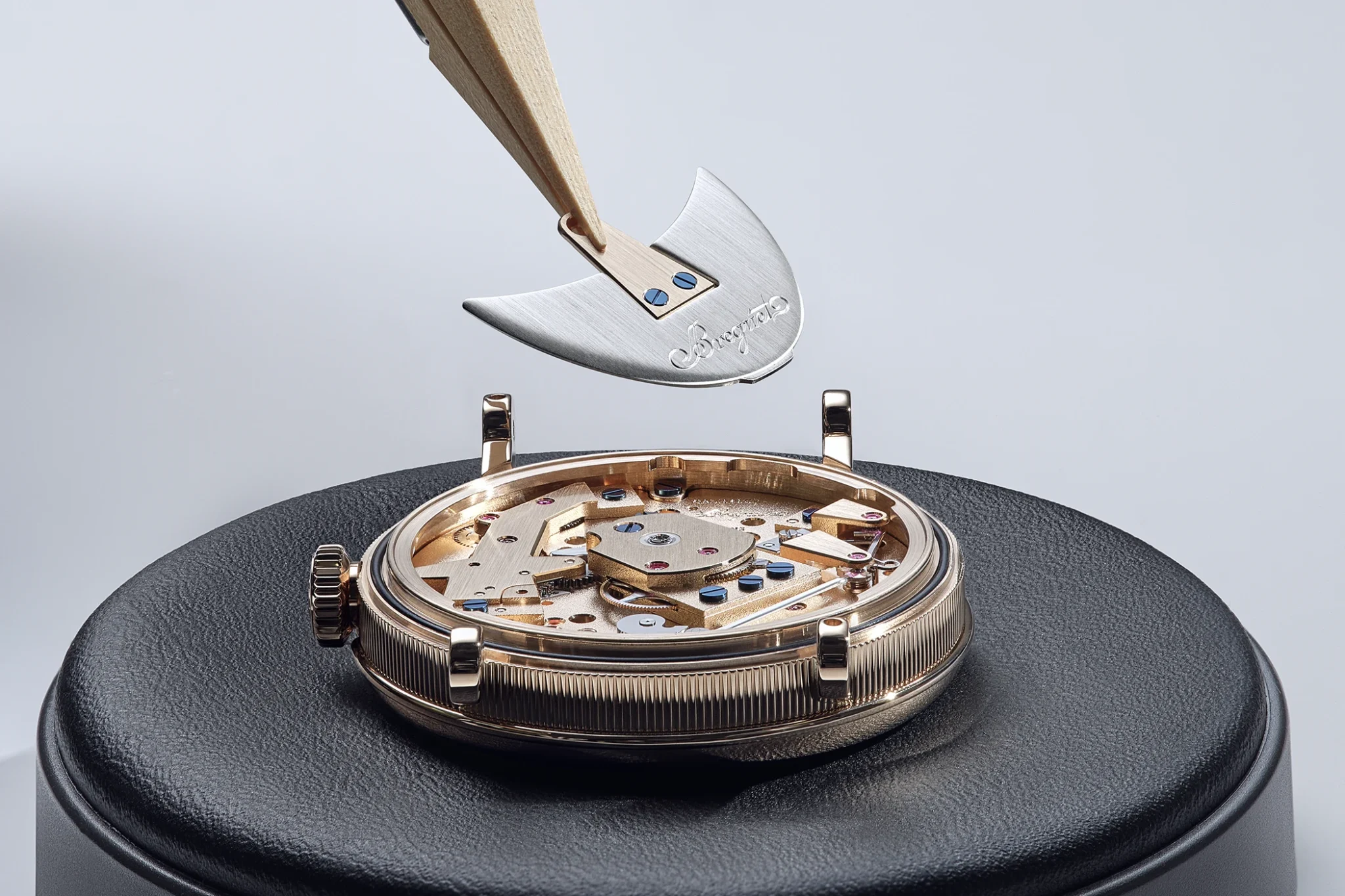
This refers not only to the material but also to the rotor’s distinctive shape. Instead of the now-standard circular design, Abraham-Louis Breguet opted for a crescent-shaped rotor, equipping his watches—described by him as perpétuelle (French for “perpetual”)—with this signature form. He sold his first self-winding watch as early as 1780 to the Duke of Orléans, just five years after establishing his own workshop at the Quai de l’Horloge on the Île de la Cité in Paris.
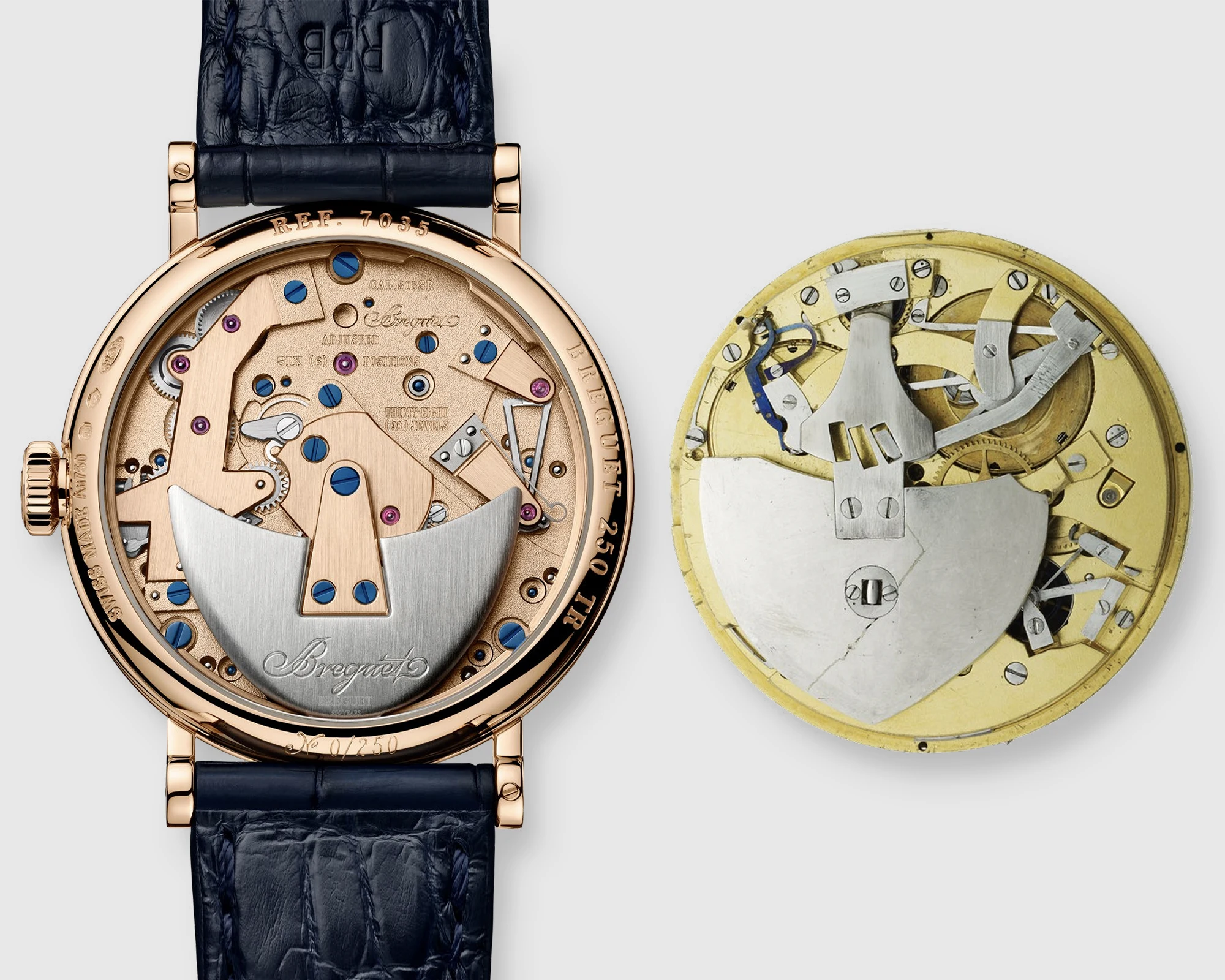
The Breguet Tradition 7035 pays visible tribute to this groundbreaking development. The 32.8-millimetre calibre 505SR beats at a frequency of 3 Hz and draws its energy from a crescent-shaped rotor made of 950 platinum. It forms part of the intricate choreography of the movement’s 245 components—including the patented Breguet balance spring made of Nivachron.
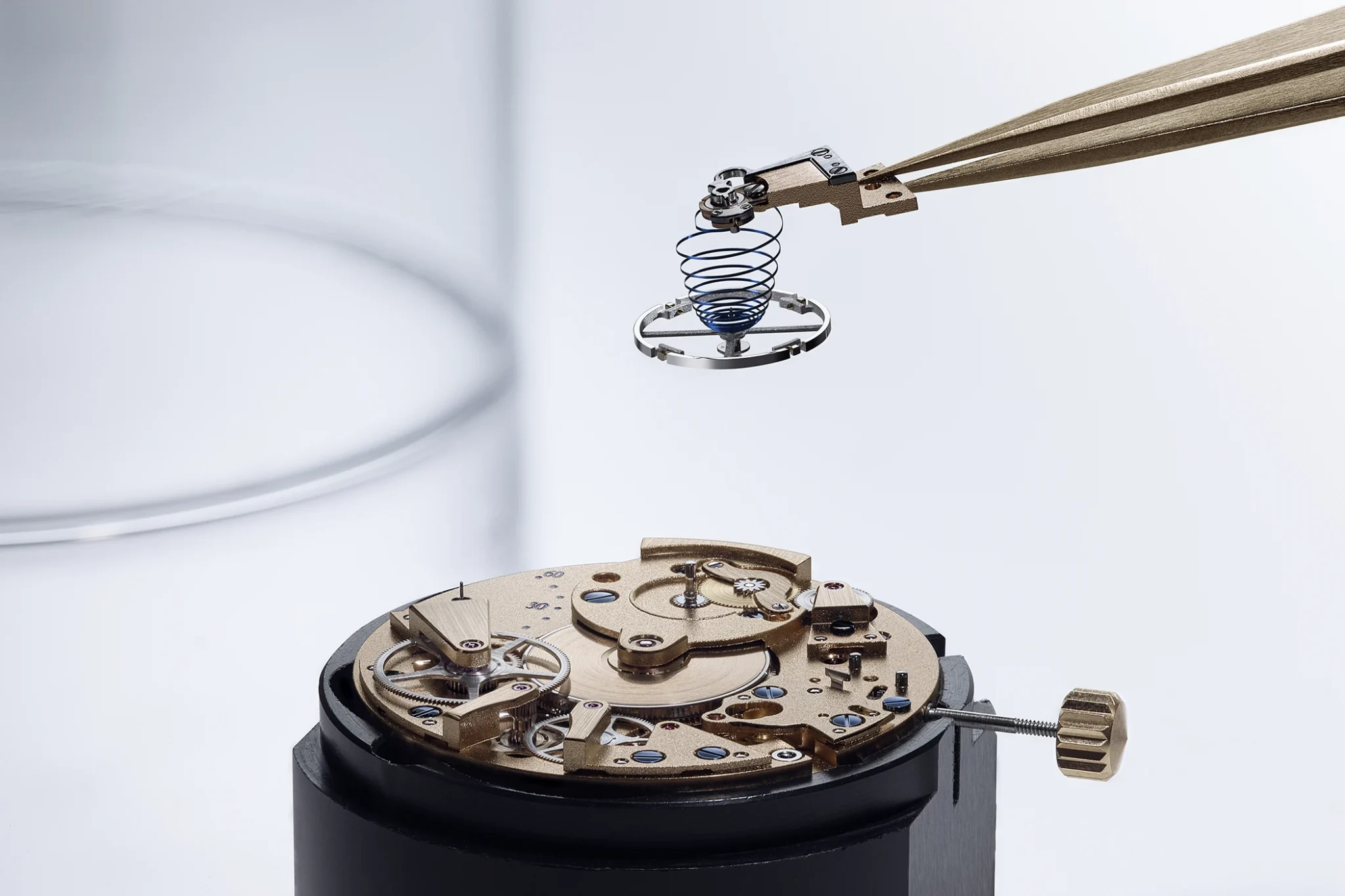
Breguet and the Artful Union of Technology and Aesthetics
The precision achieved is displayed on a small dial that sits majestically at 12 o’clock—breathing history and craftsmanship through every detail. Naturally, it is realised to the highest modern standards.
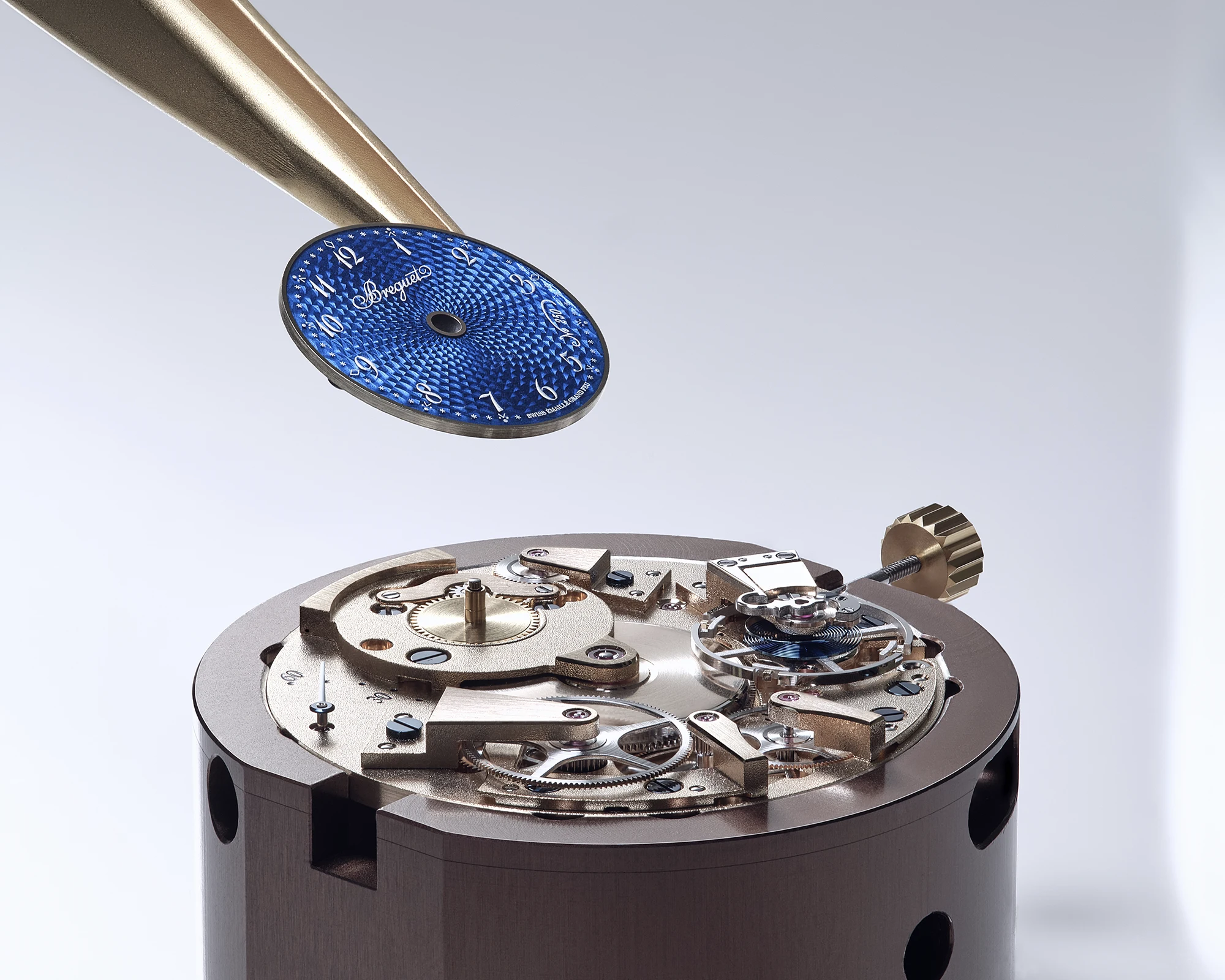
The handmade, off-centre dial is adorned with translucent grand feu enamel in Breguet blue. In doing so, the Breguet Tradition 7035 elegantly showcases the finely guilloché Quai de l’Horloge motif.
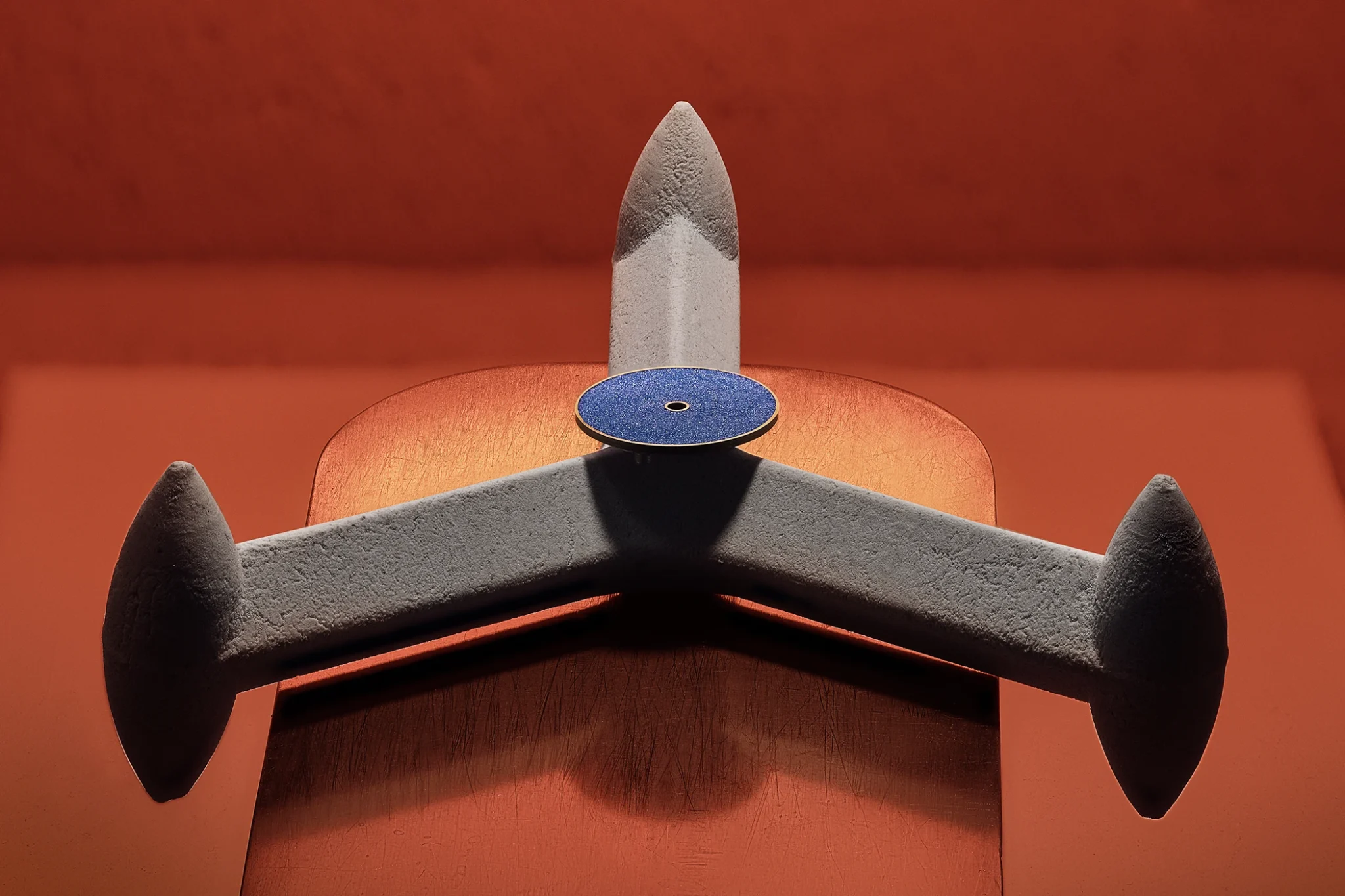
Guilloché – More Than Decoration
The mechanical craftsmanship of guilloché engraving enables the creation of intricate and precise patterns composed of straight, curved or interrupted lines.
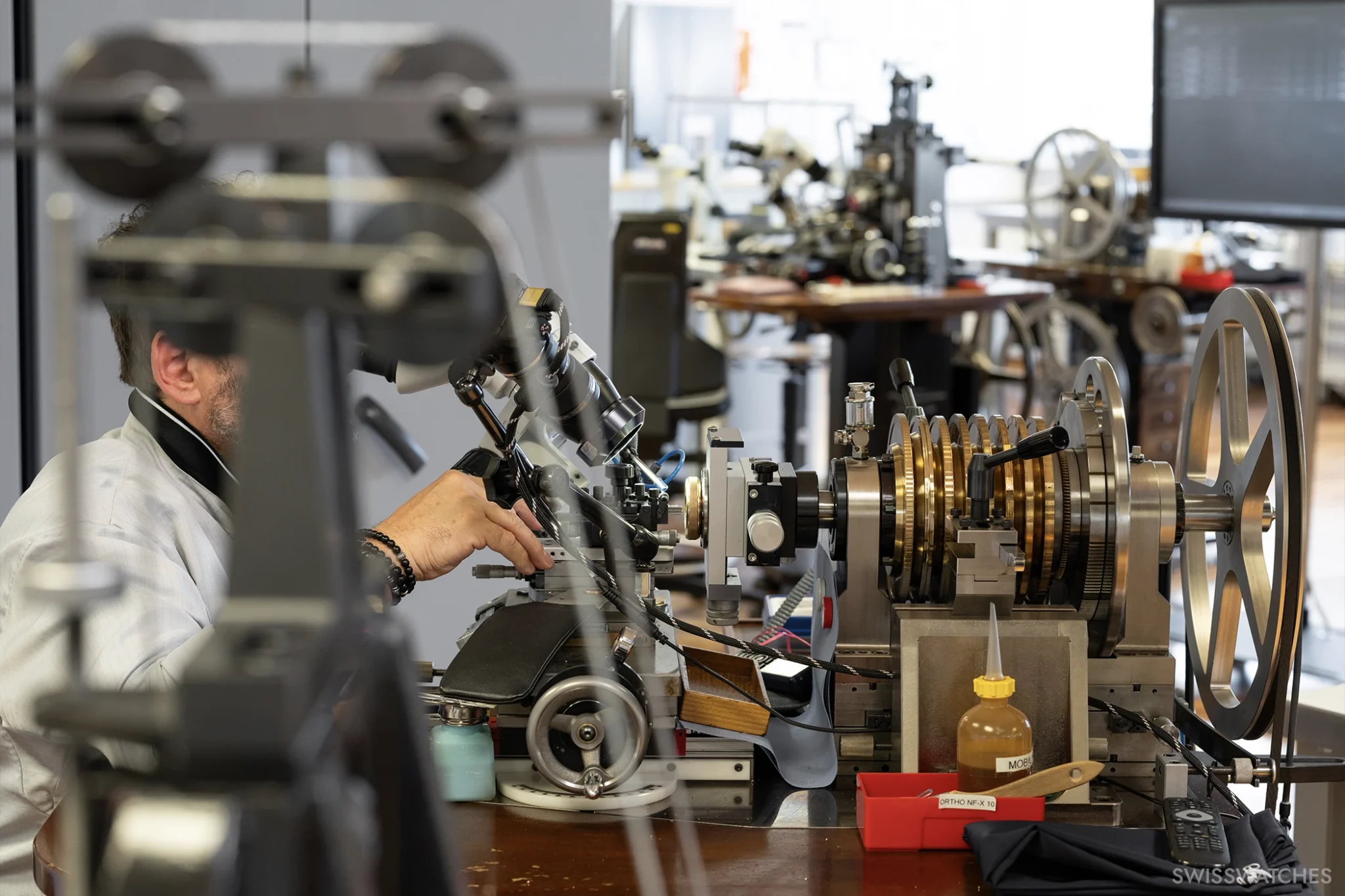
Breguet’s interest, however, extended beyond aesthetics to the functionality that guilloché patterns offered. Unlike polished surfaces, they provided protection against signs of wear and scratches. In addition, improved light reflection made the dial easier to read—something Abraham-Louis Breguet recognised early on. Indeed, he is considered the first watchmaker to use guilloché techniques on dials.
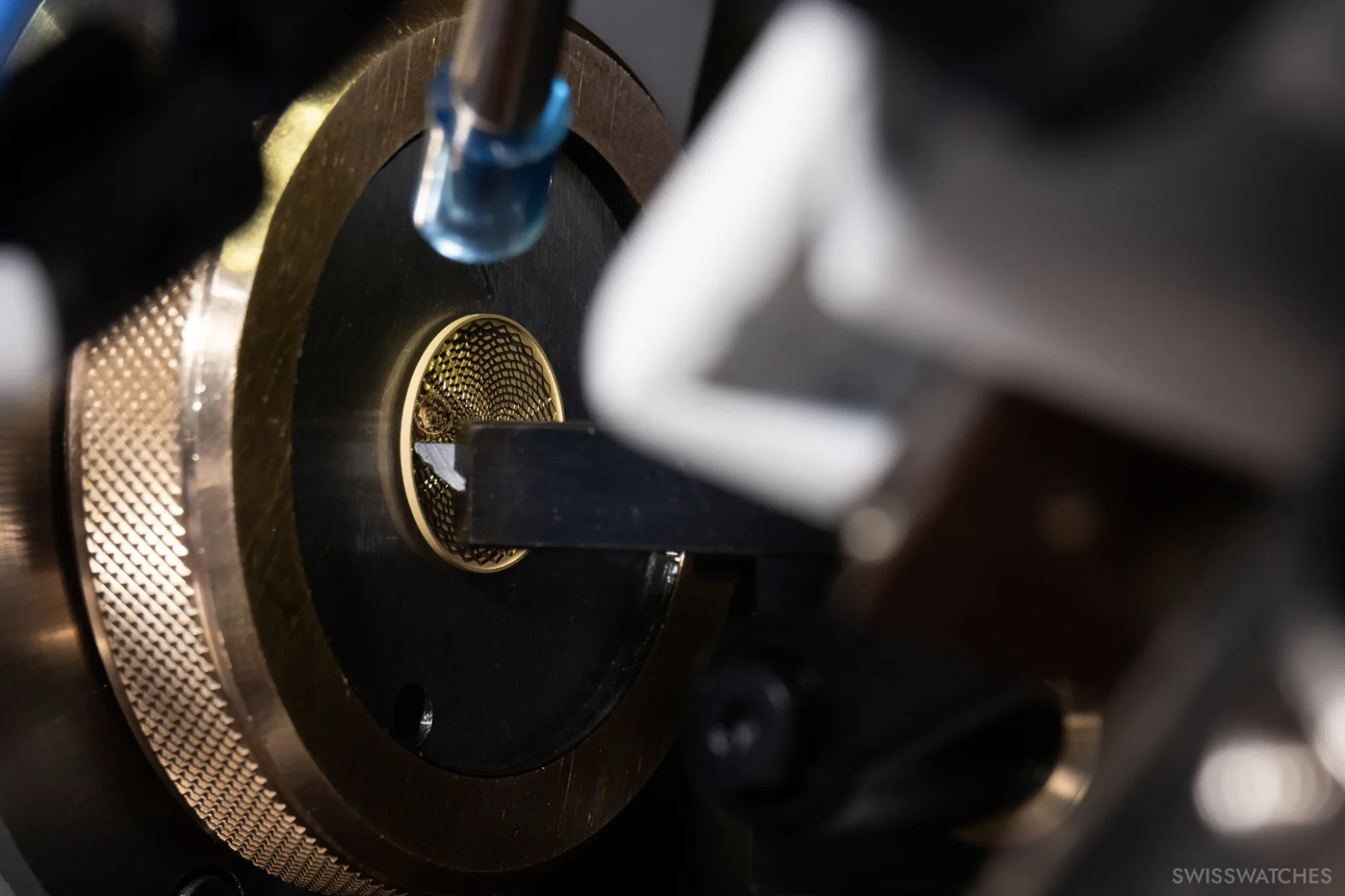
“In Breguet’s eyes, it possessed all the right qualities: its variations enhanced legibility, it provided a matte yet silky appearance, reduced reflections, and—importantly—met the master’s essential criterion: elegance,” explains Emmanuel Breguet, a seventh-generation descendant of the founder.
Today, guilloché is one of Breguet’s defining artistic signatures and remains inseparable from the brand’s identity. In its workshops, trained artisans work on both historic and contemporary guilloché lathes.
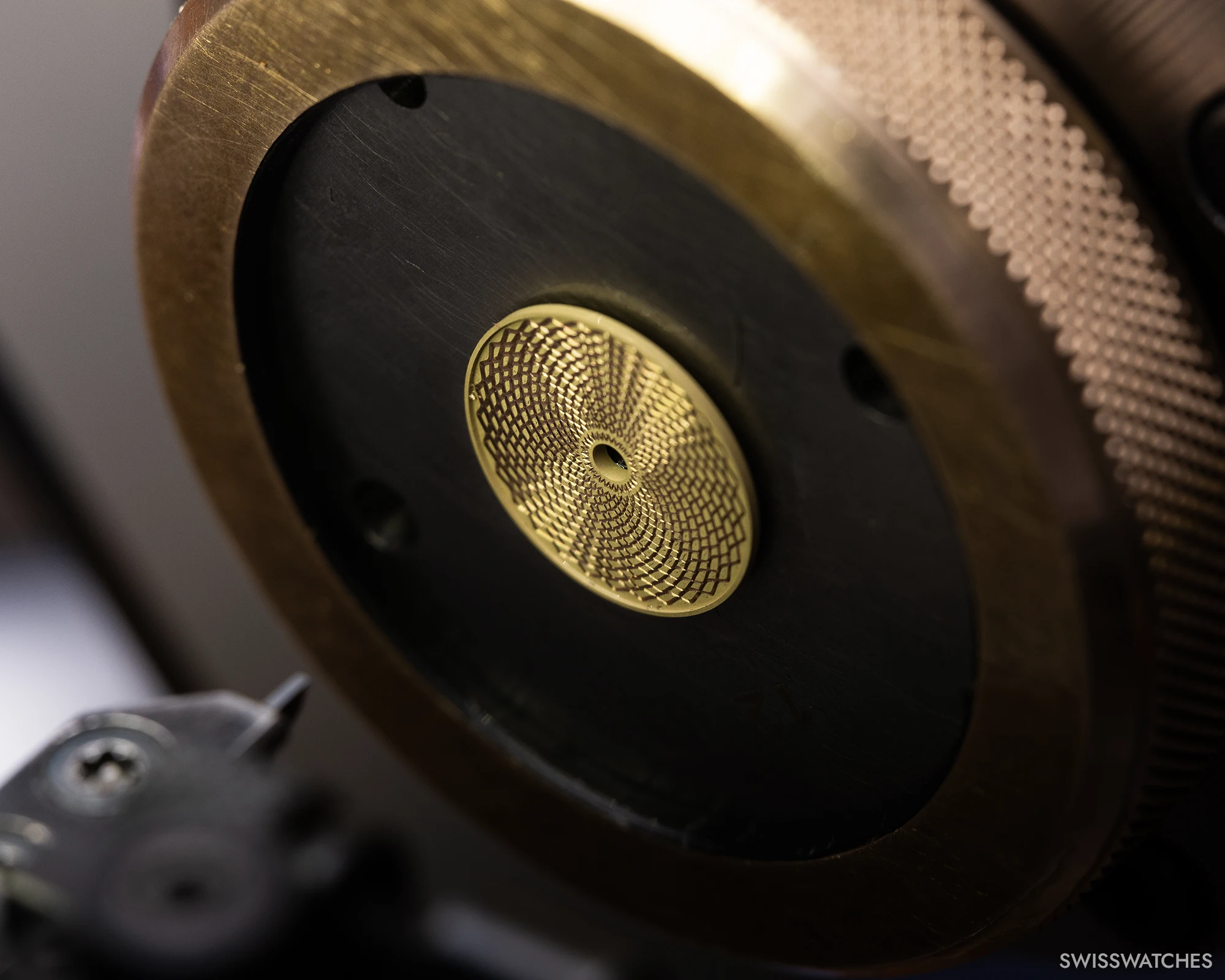
Breguet also owns the world’s largest collection of historically preserved and fully functioning rose engines. Anyone who has the chance to observe a guillocheur at work—whether at a watch fair or horological event—should absolutely take the opportunity. And strike up a conversation. From personal experience, I can say that these artisans often have fascinating stories to share—told with bright eyes and a passion that brings this highly revered decorative technique vividly to life.
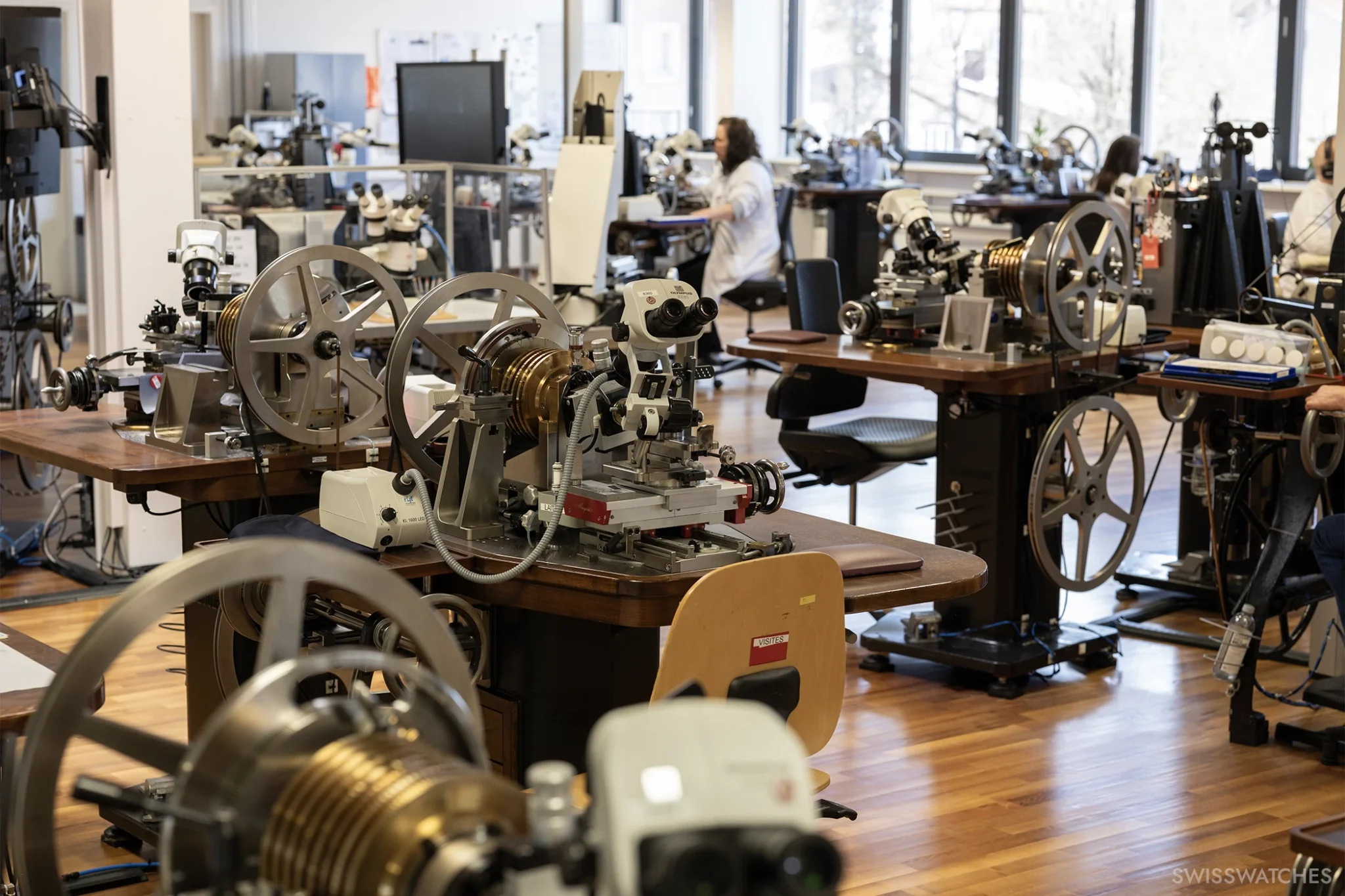
Guilloché is now an integral part of Breguet’s unmistakable style—alongside the brand’s signature hands, which are themselves rooted in the same idea of treating not only the case but also the dial with artistic intent. The contrast this creates allowed the watchmaker to introduce slender, elegant hands in place of the previously baroque forms—without compromising legibility. Today known as Breguet hands, they are instantly recognisable by their delicate form, culminating in the signature hollowed-out pomme tip.
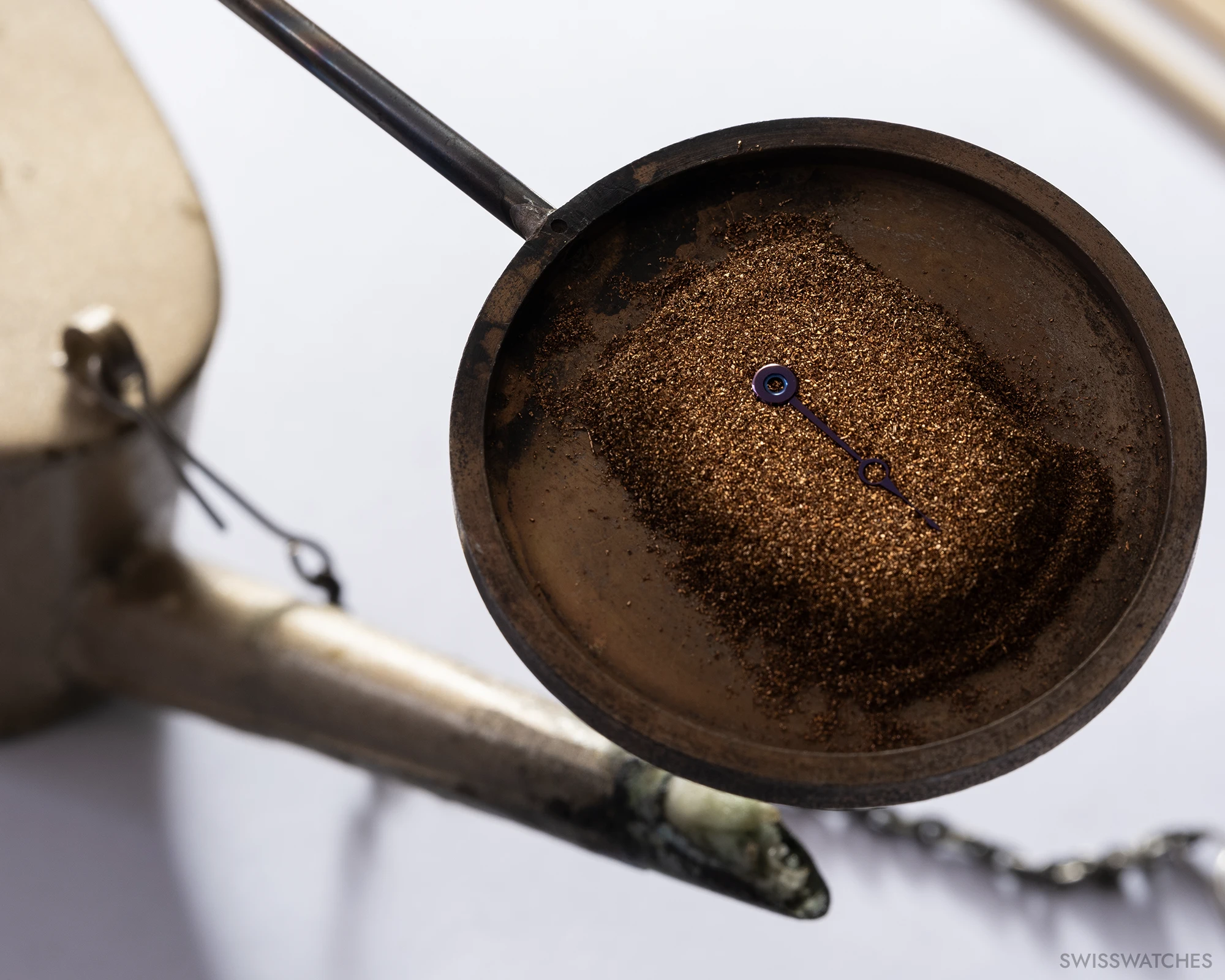
As an anniversary model, the Breguet Tradition 7035 presents this Breguet style par excellence. Beneath the translucent enamel of the off-centre dial lies a new guilloché pattern named Quai de l’Horloge, after the street on the Île de la Cité where Abraham-Louis Breguet had his workshop.
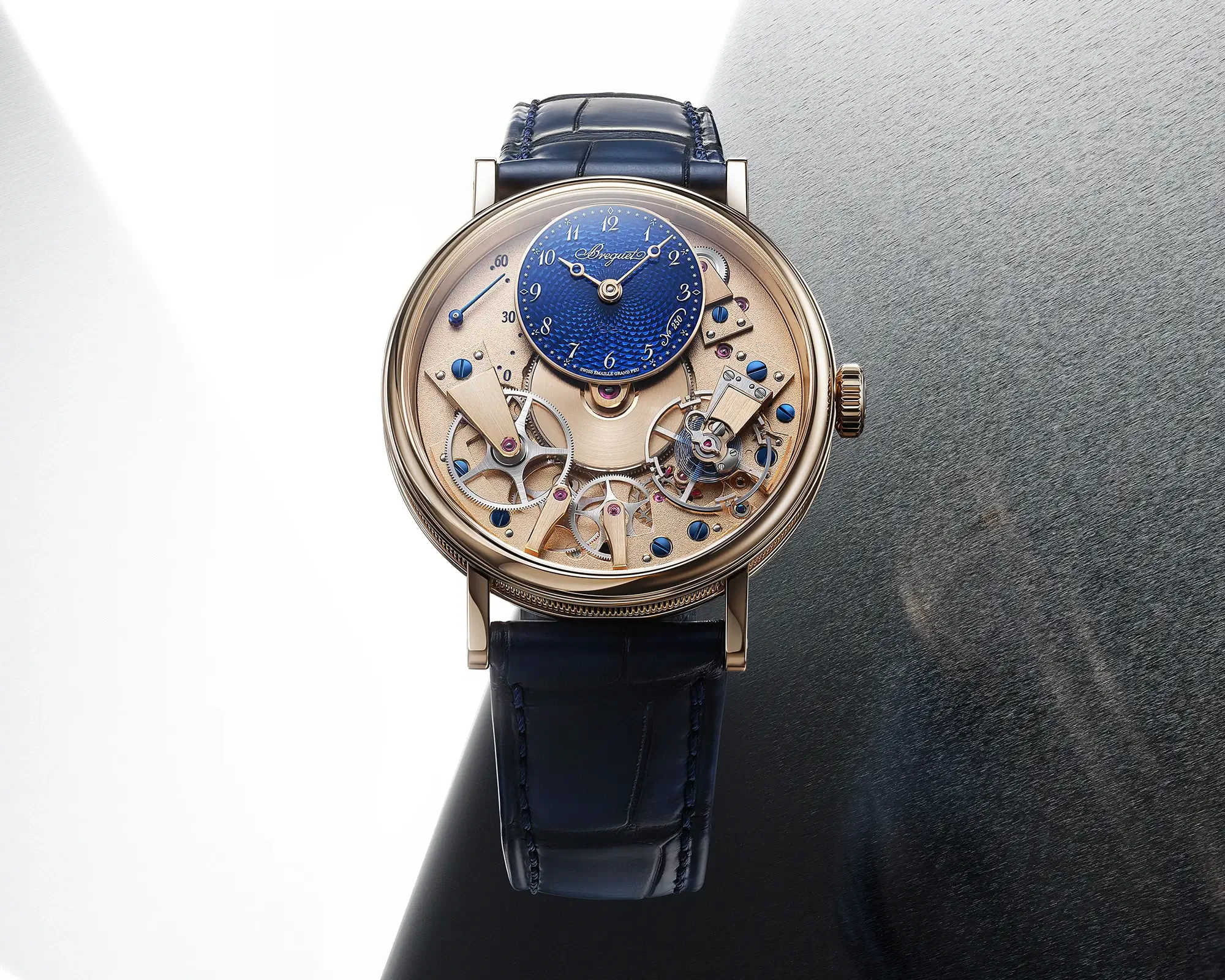
“At the time, the Île de la Cité was not only the geographical heart of Paris but also a true hub for crafts and applied arts that benefited watchmaking. You’d find dial-makers, goldsmiths, enamellers, case-makers and many other professions essential to timepiece production. It was simply the place to be,” explains Emmanuel Breguet.
The Quai de l’Horloge motif is inspired by the famous 18th-century Turgot map, which depicts Paris in remarkable detail and perspective—every street, building and even tree in the city centre, as well as the waves of the Seine that encircle the Île de la Cité and inspired Breguet’s new pattern.
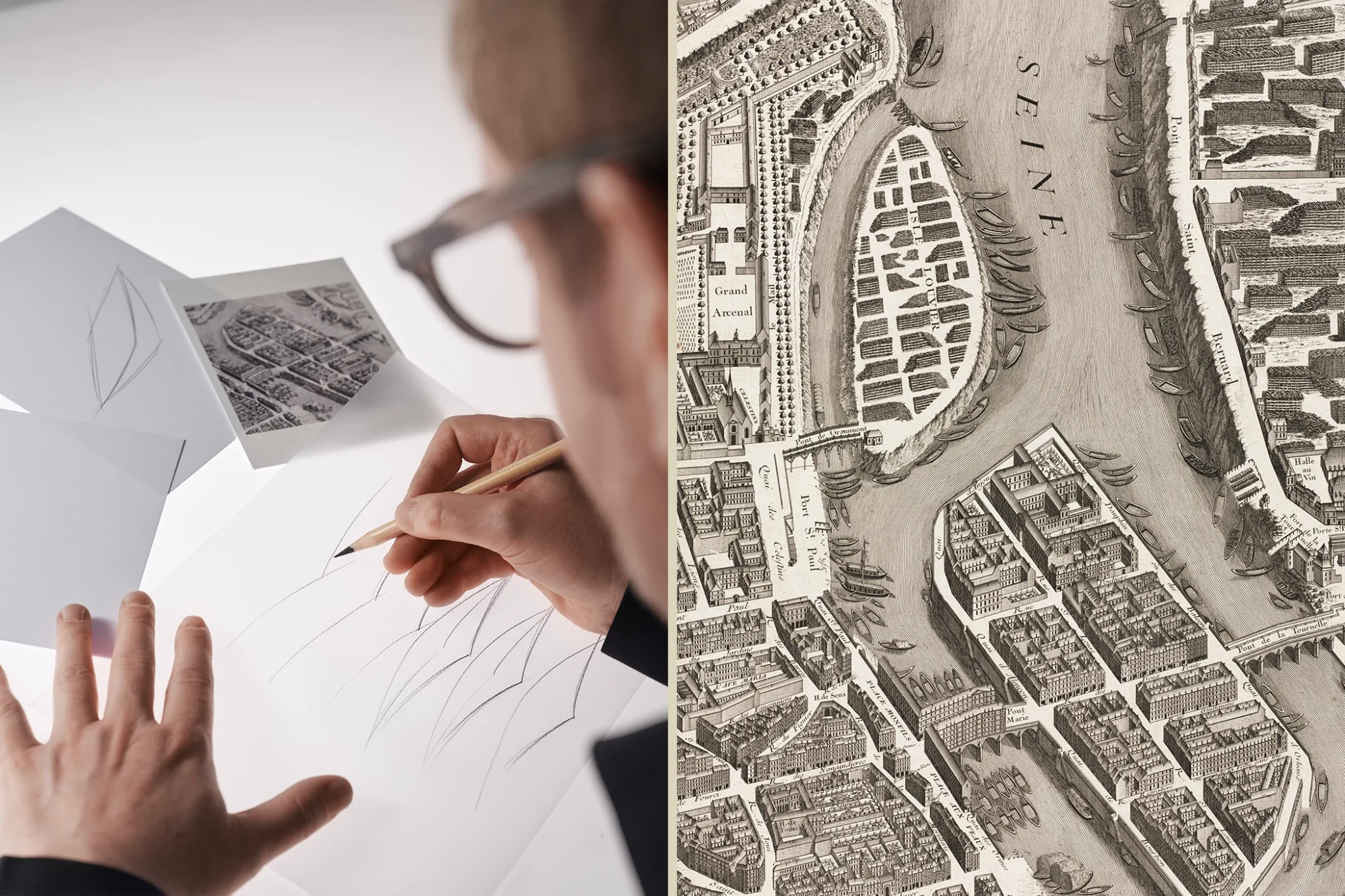
Set against this artistic backdrop, the hour and minute hands—naturally with pomme tips—sweep gracefully across the dial. Unlike the traditional blued Breguet hands, however, these are crafted from the shimmering Breguet anniversary gold. The retrograde seconds hand, discreetly positioned between 10 and 11 o’clock, remains true to tradition with its blued finish.
The Breguet Tradition 7035 is worn on a dark blue alligator leather strap, secured with a pin buckle in 18-carat Breguet gold. Appropriately, the anniversary model is presented in a historically inspired special case made of red leather.
